Kiribati
Food Safety Tips
Essential food safety information to help you enjoy Kiribati's cuisine safely and confidently.
Drink bottled or filtered water in Kiribati
In Kiribati, tap water quality varies by region and may not meet international standards for drinking. To avoid waterborne illnesses, stick to bottled water with sealed caps or water that has been properly filtered and purified. Also be cautious with ice in drinks, as it may be made from untreated water.
Choose street food vendors carefully
Street food in Kiribati can be delicious, but select vendors carefully. Look for stalls with high customer turnover, proper food handling practices, and clean preparation areas. Fresh-cooked hot foods are generally safer than pre-prepared items sitting at ambient temperature.
Be cautious with raw foods
Exercise caution with raw or undercooked foods in Kiribati, including salads, unpeeled fruits, raw seafood, and rare meats. These items carry higher risk for foodborne illnesses. When consuming fruits and vegetables, follow the traveler's rule: "Peel it, cook it, or forget it."
Practice good hand hygiene
Frequent handwashing is essential when traveling in Kiribati, especially before meals. Carry hand sanitizer with at least 60% alcohol content for situations where soap and clean water aren't available. This simple practice significantly reduces the risk of food contamination and illness.
Be wary of unpasteurized dairy products
In Kiribati, unpasteurized dairy products may be common in traditional markets and rural areas. These can contain harmful bacteria like Listeria, Salmonella, or E. coli. Check that dairy products are pasteurized or properly prepared, especially if you have a compromised immune system or are pregnant.
Dietary Options
Pescatarian
HIGH AVAILABILITYFish is a staple food in Kiribati, readily available fresh or preserved. Dishes like grilled or fried fish with rice and coconut-based sauces are common and easy to find.
Vegetarian
MEDIUM AVAILABILITYWhile not as prevalent as seafood, vegetarian options exist using local produce. Root vegetables like taro and breadfruit, along with coconut and imported rice, can form the basis of meals. Finding strictly vegetarian restaurants may be difficult outside of larger hotels.
Vegan
LOW AVAILABILITYVeganism is not widely understood or catered for in Kiribati. Finding meals without fish or animal products can be challenging. Careful communication about dietary needs is crucial, and reliance on basic plant-based staples like rice, breadfruit, and coconut will be necessary.
Gluten-Free
LOW AVAILABILITYGluten-free options are limited, as imported wheat flour is commonly used. Rice and local root vegetables are naturally gluten-free, but cross-contamination is a risk. Clearly communicating dietary needs and relying on naturally gluten-free ingredients is essential.
Halal
MEDIUM AVAILABILITYFish and some locally raised chicken are generally halal. However, confirming slaughtering practices and avoiding pork products requires vigilance. Inquiring about halal options and emphasizing the importance of Islamic dietary laws is important.
Kosher
LOW AVAILABILITYMaintaining a kosher diet in Kiribati is very difficult. Imported kosher products are rare, and local food preparation doesn't typically adhere to kosher practices. Travelers may need to rely heavily on packaged goods brought with them.
Common Allergens
Fish
HIGH PREVALENCEFish is a staple food in Kiribati, forming the basis of many meals. Given the island nation's reliance on the ocean, fish is prepared in various ways, including raw, grilled, fried, and in stews.
COMMONLY FOUND IN:
Shellfish
MEDIUM PREVALENCEVarious types of shellfish, such as crabs, lobsters, and clams, are readily available in Kiribati and contribute to the local diet. They can be found in soups, stews, and eaten on their own.
COMMONLY FOUND IN:
Coconut
HIGH PREVALENCECoconut is ubiquitous in I-Kiribati cuisine. Coconut milk and flesh are used in countless dishes, adding flavor and richness to both sweet and savory preparations.
COMMONLY FOUND IN:
Tree nuts (e.g., Pandanus)
MEDIUM PREVALENCEPandanus nuts are a traditional food source in Kiribati. They can be eaten raw or processed into various dishes. Other tree nuts may be less prevalent but present through imported goods.
COMMONLY FOUND IN:
Wheat
MEDIUM PREVALENCEWith increasing globalization, wheat-based products like bread, flour, and noodles have become more common in the I-Kiribati diet, often replacing traditional starches.
COMMONLY FOUND IN:
Essential Food Experiences
These iconic dishes represent the must-have culinary experiences that define Kiribati's food culture for travelers.
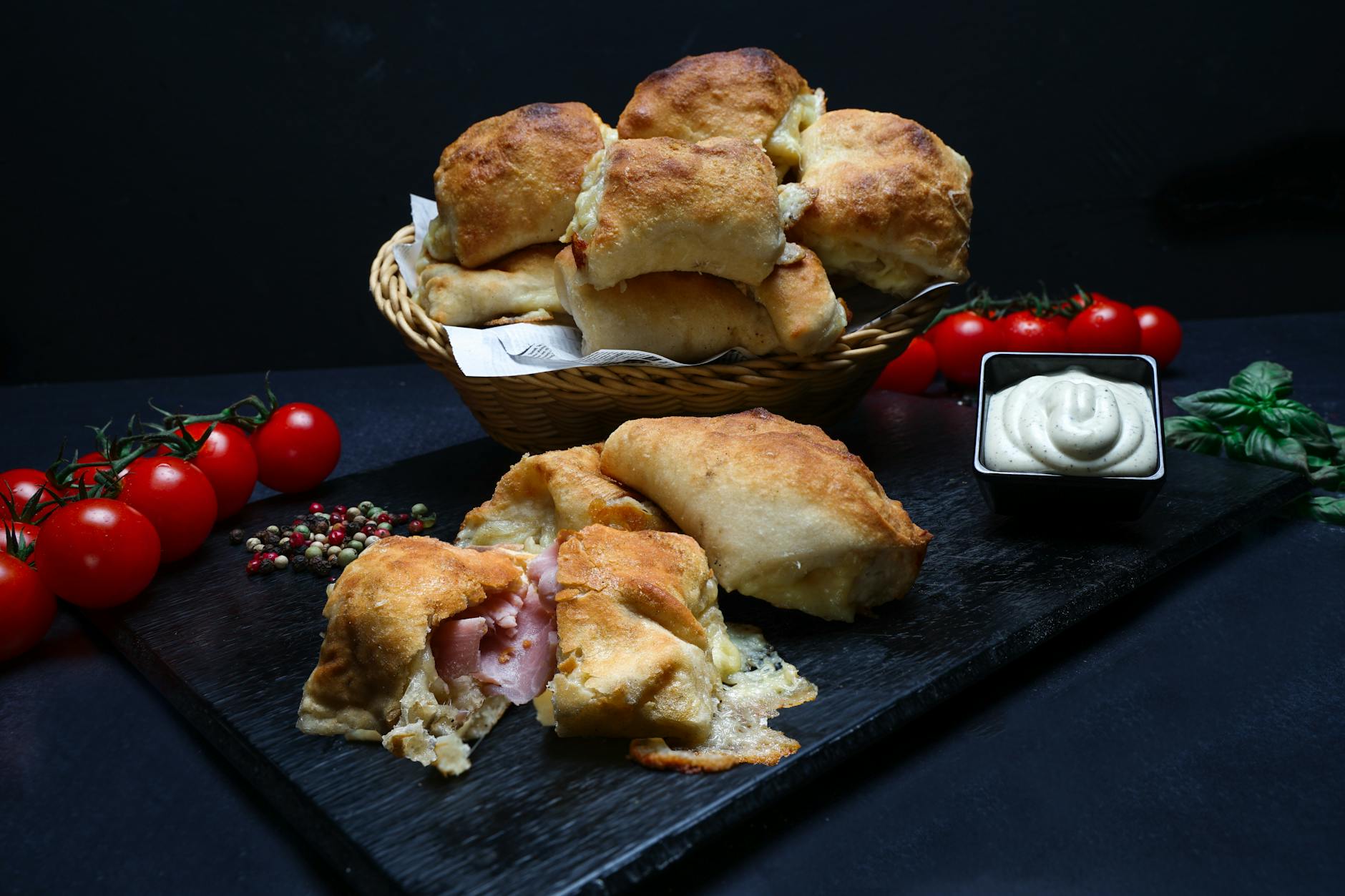
Palusami (Palusami)
Palusami is a creamy dish made with taro leaves, coconut cream, and onions. It's a staple throughout the Pacific Islands, including Kiribati, and is often served at celebrations and gatherings. The dish represents the resourcefulness of Pacific Islanders, utilizing readily available ingredients to create a flavorful and nutritious meal.

Te Ika Baa (Grilled Fish)
Freshly caught fish, simply grilled over an open fire. Given Kiribati's island nature, fish is central to the diet and culture. The grilling method imparts a smoky flavor and highlights the natural taste of the fish.

Te Toa (Giant Clam)
Giant clams are a delicacy in Kiribati, often served raw or cooked in coconut milk. They are an important food source and play a significant role in traditional ceremonies. Due to their size, they are often shared amongst a group.
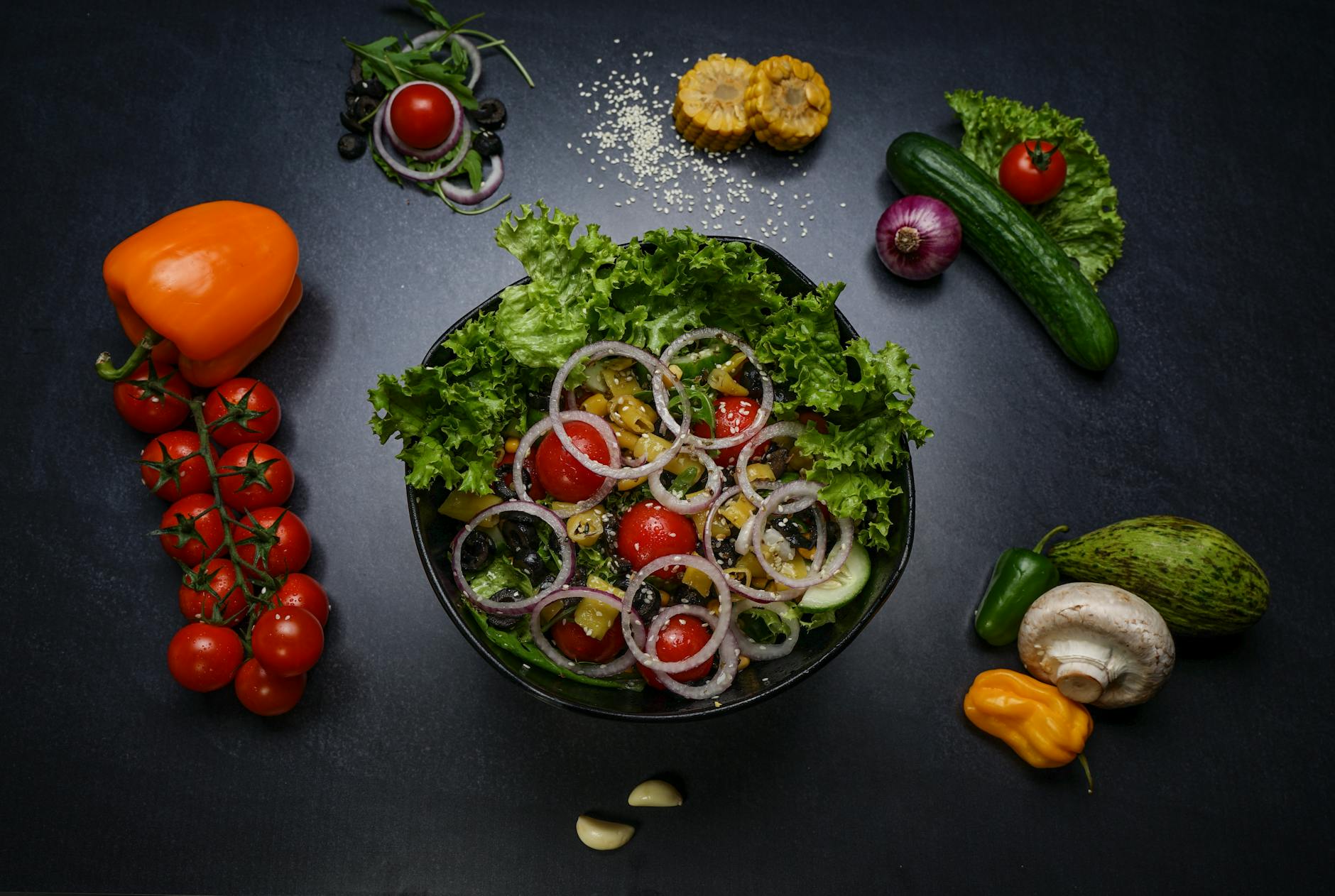
Te Karewe (Seaweed)
Seaweed is a common ingredient in Kiribati cuisine, adding a unique flavor and texture to dishes. It is often served as a side dish, mixed with coconut cream, or added to stews. It is a readily available and sustainable food source.

Breadfruit (Utu)
Breadfruit is a starchy fruit that is boiled, roasted, or fried. A versatile staple crop, it is important for food security in Kiribati. It can be eaten as a main course or as a side dish.
Regional Specialties & Local Favorites
Discover the authentic regional dishes and local favorites that showcase Kiribati's diverse culinary traditions.

Palusami (Palusami)
Palusami is a dish of taro leaves baked in coconut cream. It's a staple throughout the Pacific Islands, and in Kiribati, it often accompanies fish or other protein sources. It's an important part of traditional meals and gatherings.

Te ika n umu (Te ika n umu)
Fish baked in an underground oven (umu) is a central part of Kiribati cuisine. The umu imparts a smoky flavor, and the fish is often cooked with other root vegetables.
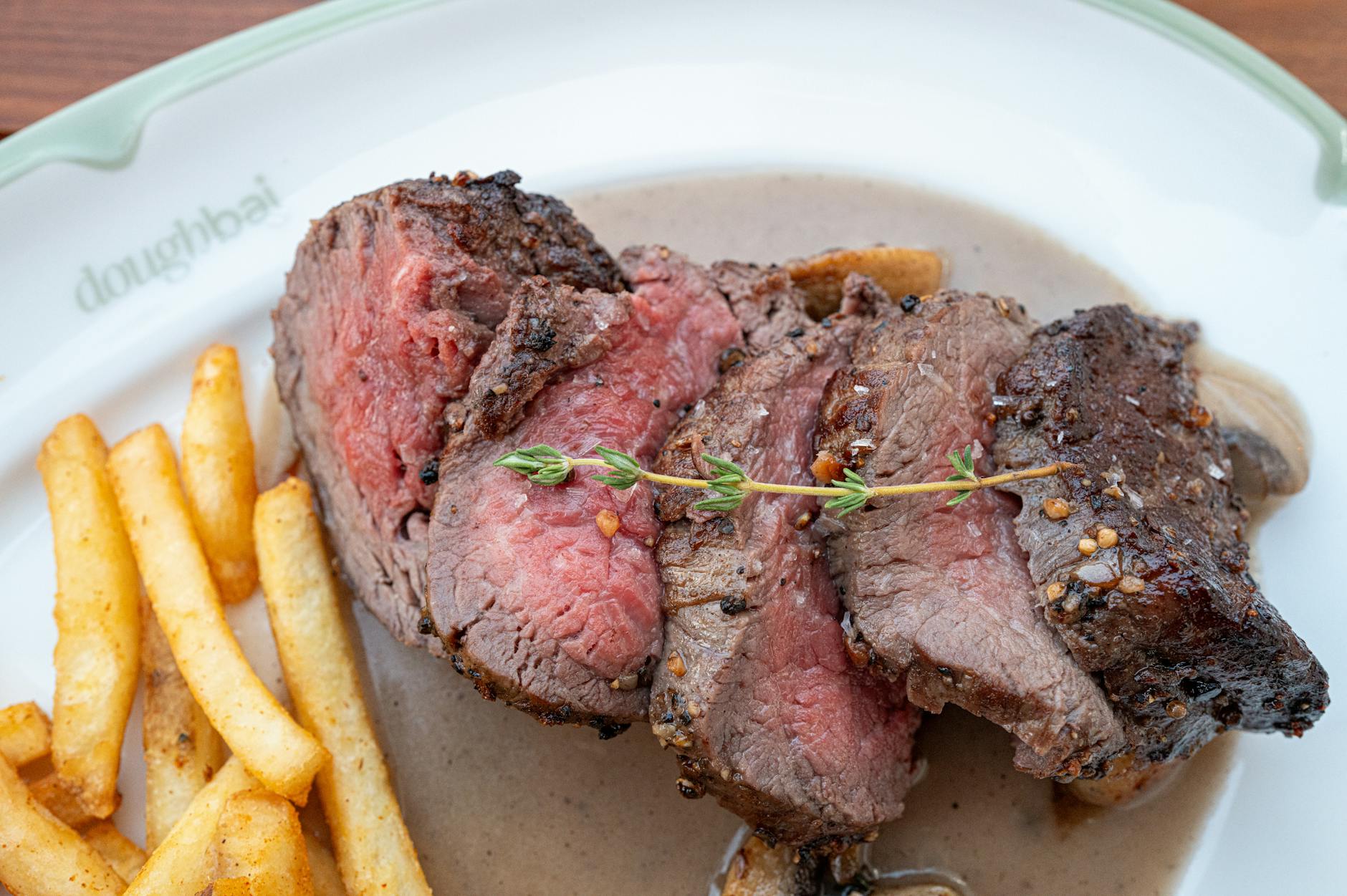
Te bua toro ni bai (Te bua toro ni bai)
This dish is a preserved breadfruit, often fermented and stored for later consumption. This preservation method is crucial in Kiribati, where fresh produce can be scarce.
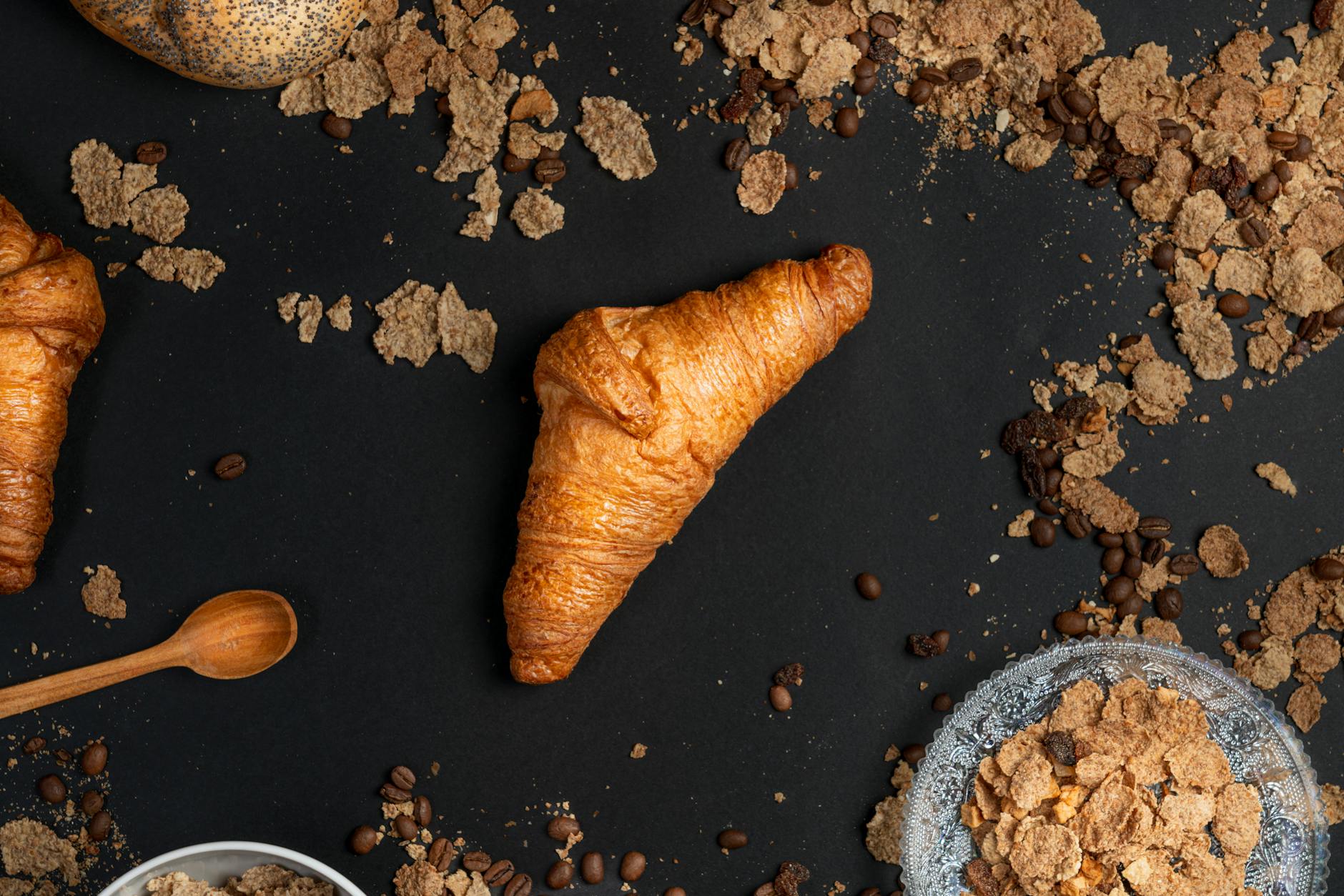
Te Tu'u (Te Tu'u)
A simple but nutritious dish of raw fish marinated in coconut cream and often seasoned with lime juice and chili. The freshness of the fish is key to this dish.

Coconut Bread (Berena ni kokonati)
Given the abundance of coconuts, coconut bread is a common treat. It can be sweet or savory and is often enjoyed with tea.
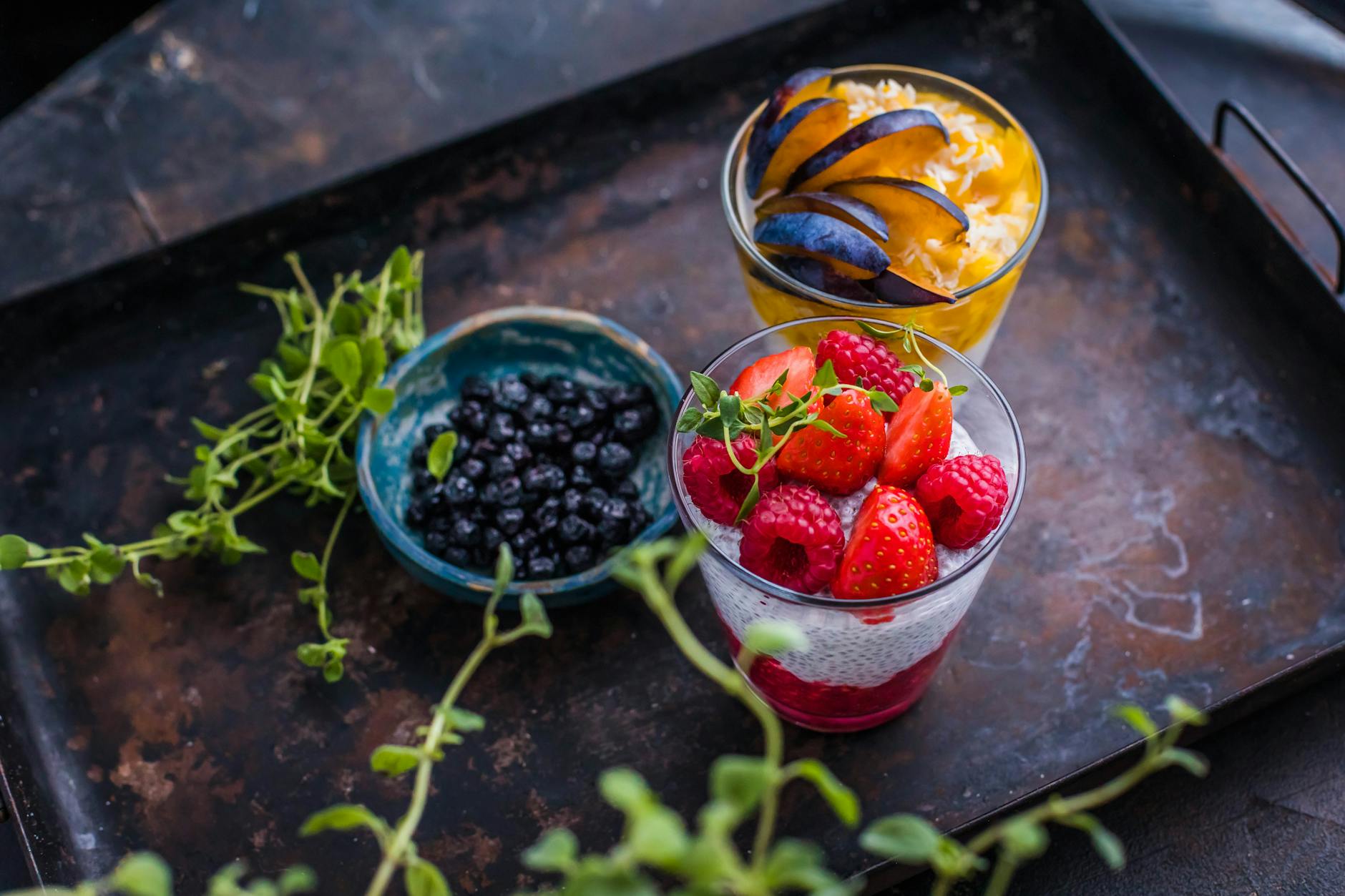
Pandanus Pudding (Te Bua)
Made from the fruit of the pandanus tree, this pudding is a sweet treat, often wrapped in banana leaves and steamed or baked.
Regional Cuisine Highlights
Explore the diverse culinary landscapes across different regions of Kiribati.
Gilbert Islands
The Gilbert Islands, being the most populated area, represent a more common Kiribati culinary experience. Seafood is naturally prominent, with coconut also featuring heavily in both sweet and savory dishes. The preservation techniques utilized often involve sun-drying and fermenting.
Signature Dishes:
- Te Tu'ae (cooked taro leaves)
- Te Ika Baibai (sun-dried fish)
- Te Kaneti (pandanus fruit pudding)
- Te Toa (cooked giant clam)
Key Ingredients:

Line Islands
Due to their geographic isolation and proximity to American territories, the Line Islands have developed a distinct culinary tradition. American influence can be seen in some ingredients and preparations, blending with traditional Kiribati techniques. Fresh fish remains central to the diet.
Signature Dishes:
- Coconut crab
- Breadfruit dishes
- Fried fish
- Imported rice dishes
Key Ingredients:
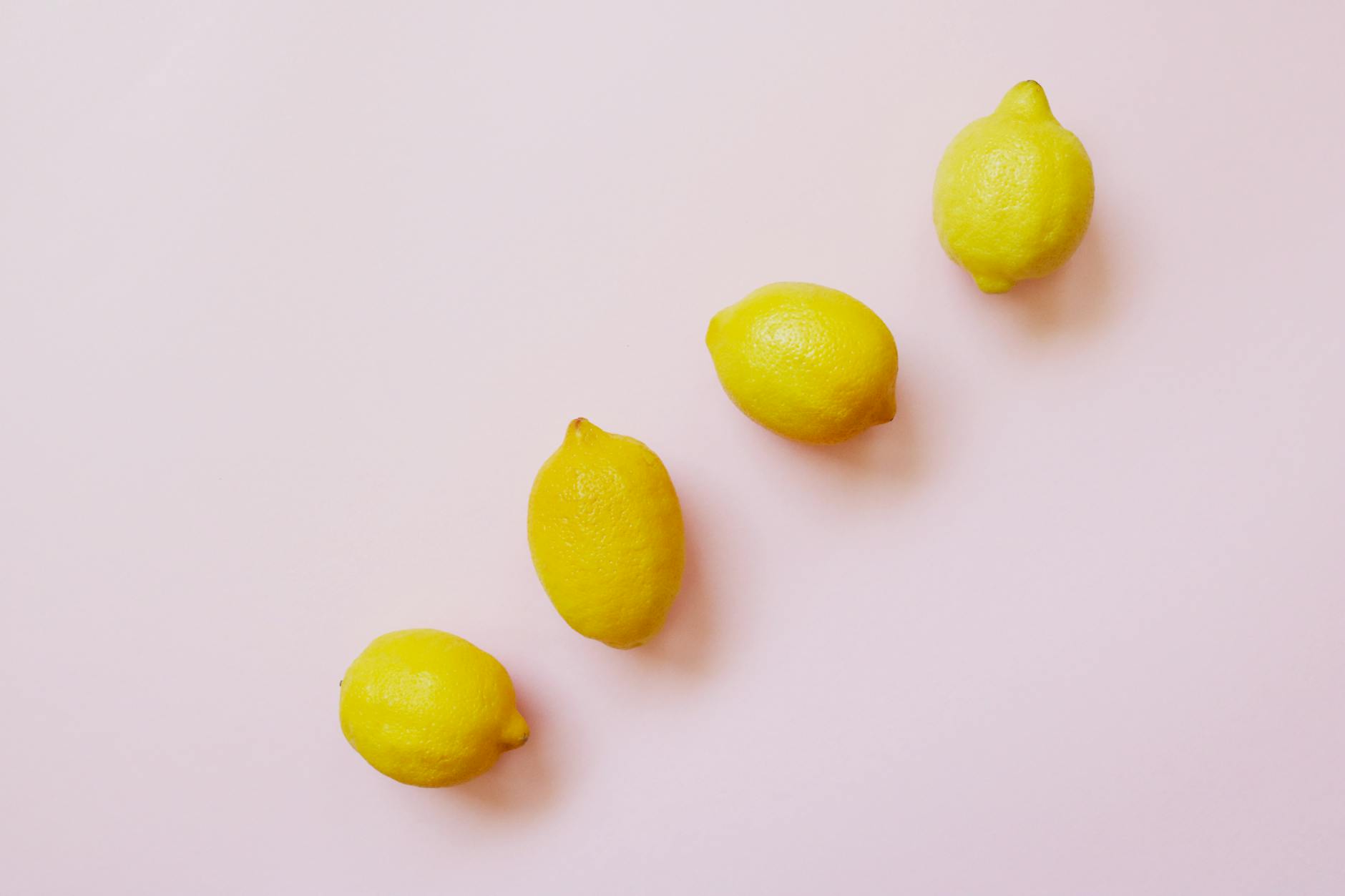
Phoenix Islands
The sparsely populated Phoenix Islands maintain a more traditional diet centered on locally available resources. Seafood, including seaweed, is essential, while coconut and pandanus supplement the meals. Preservation is crucial due to limited access to supplies.
Signature Dishes:
- Seaweed dishes
- Pandanus preparations
- Shellfish
- preserved fish
Key Ingredients:

Sweet Delights & Desserts
Indulge in Kiribati's traditional sweet treats and desserts.

Te Bwabwa ni Baukin
A simple yet delightful dessert made with mashed ripe bananas and coconut cream. It's a common everyday treat enjoyed by families and often shared during gatherings.

Coconut Bread Pudding
A comforting dessert made with stale bread, coconut milk, sugar, and spices. It reflects the resourceful use of ingredients and the influence of European cuisine.

Pandan Pancakes
Thin pancakes infused with the fragrant aroma of pandan leaves. A popular treat, especially during festive occasions.

Toddy Pudding
A unique dessert made with fermented coconut sap (toddy), which gives it a slightly tangy flavor. It highlights the importance of coconut trees in I-Kiribati culture.
Traditional Beverages
Discover Kiribati's traditional drinks, from locally produced spirits to regional wines.

Karewe (Karewe)
Karewe is a traditional fermented beverage made from the sap of various palm trees, primarily the coconut palm. It holds significant cultural importance in Kiribati and is often consumed during celebrations, gatherings, and traditional ceremonies. Its preparation is often a communal activity, strengthening social bonds.
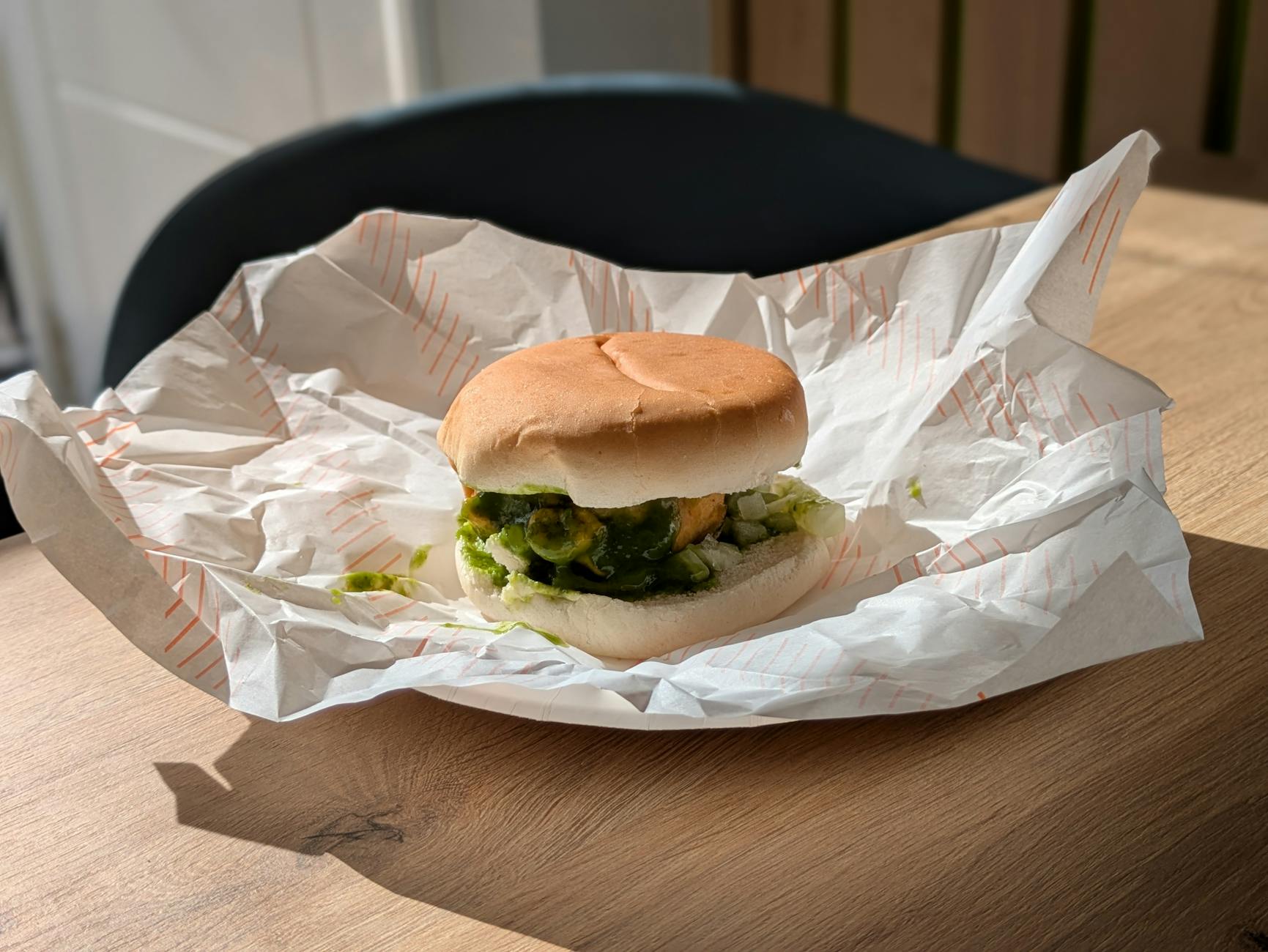
Toddy (Te bu)
Toddy is a sweet, mildly alcoholic beverage derived from the sap of coconut palm flowers. It is consumed fresh as a non-alcoholic drink, or allowed to ferment naturally into a mildly alcoholic beverage. It is a common everyday drink in Kiribati and is an important source of nutrients.
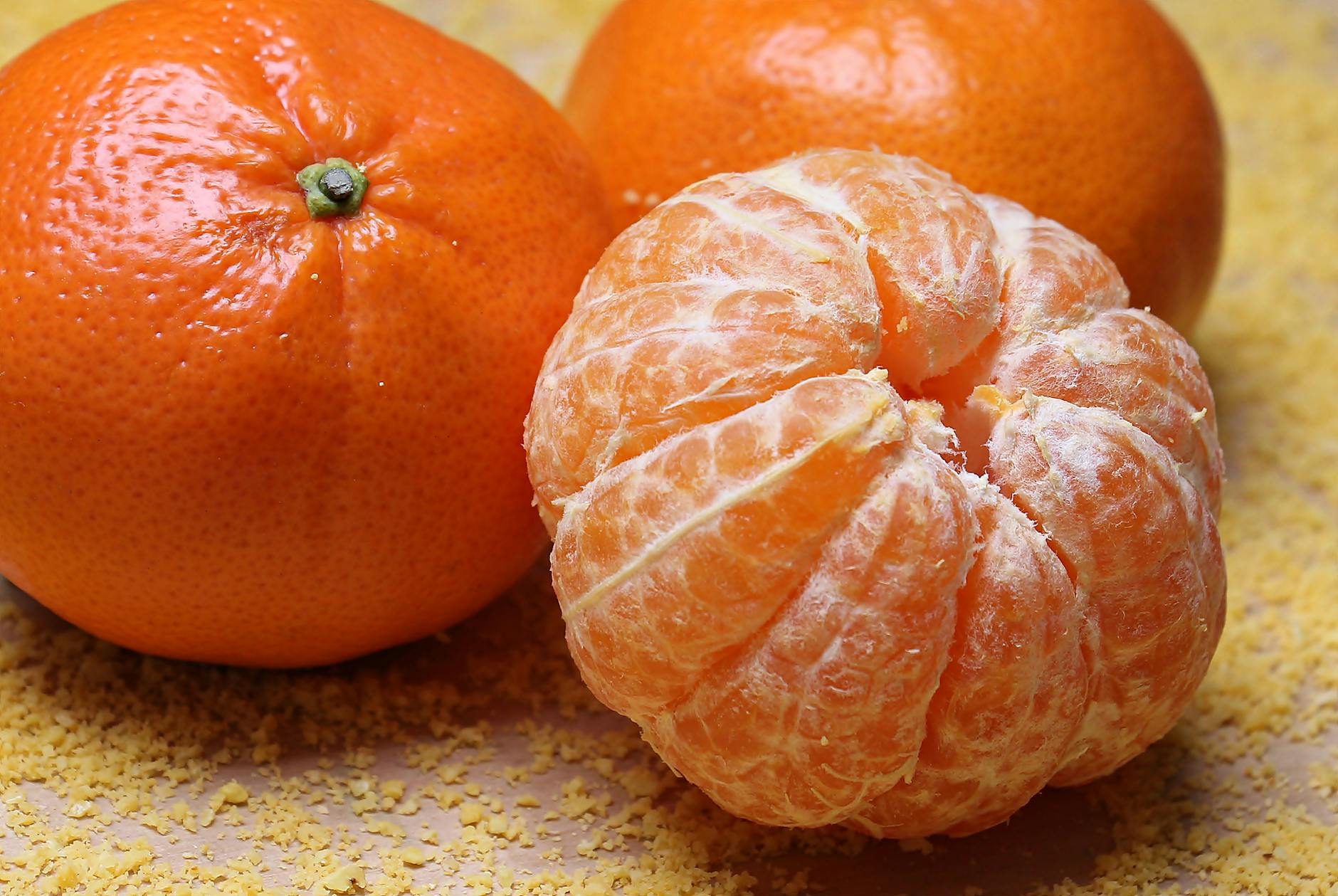
Sour Toddy (Te bu kamwaea)
Sour Toddy is toddy that has been allowed to ferment for a longer period. The extended fermentation gives it a sour taste and a higher alcohol content compared to fresh toddy. It is considered a more potent version of the traditional toddy.
Soft Beverages
Discover Kiribati's traditional non-alcoholic drinks, from local teas to refreshing juices.
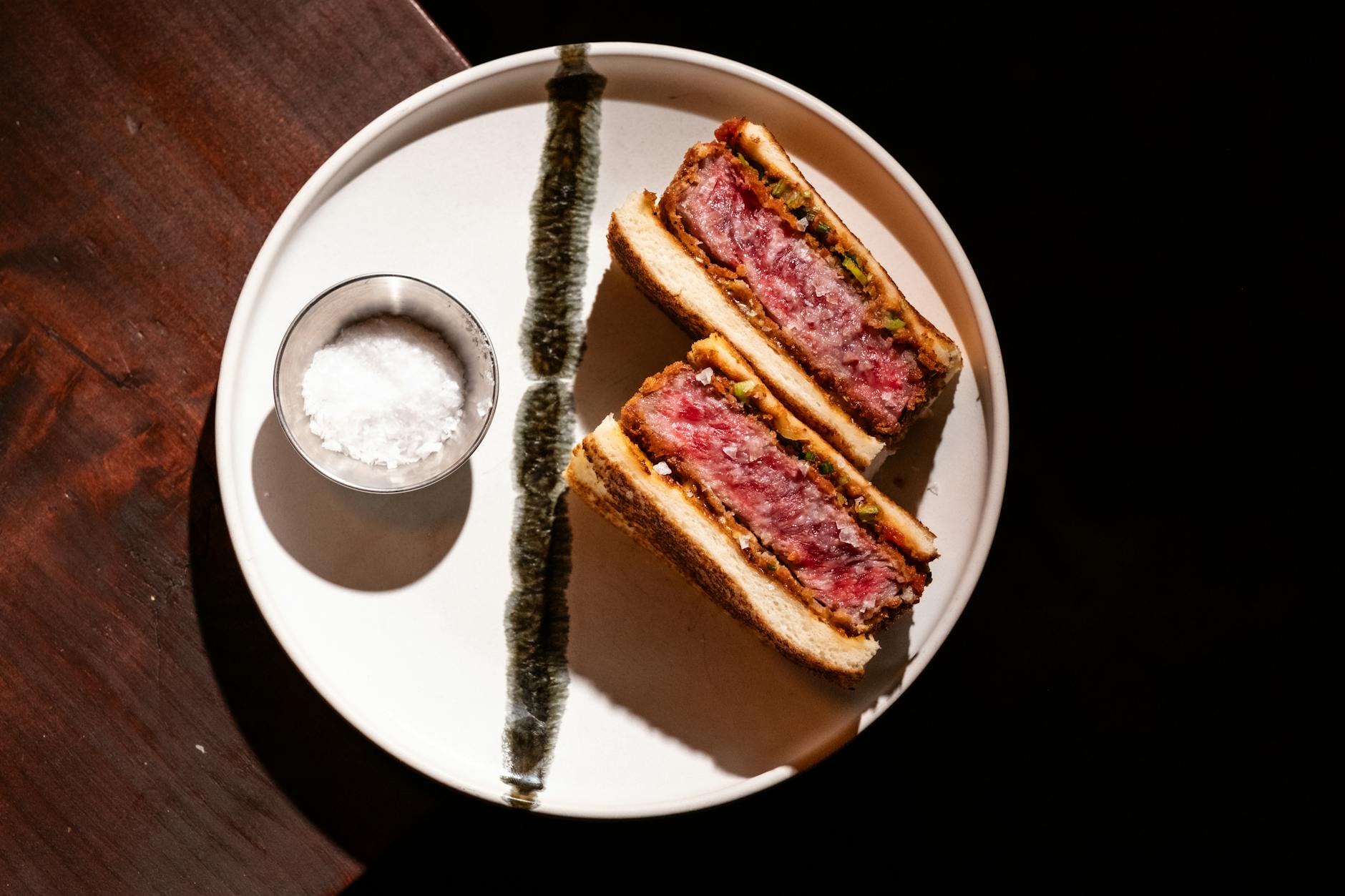
Te karewe (Te karewe)
Te karewe is a refreshing coconut drink enjoyed throughout the day in Kiribati. Green coconuts are husked and the water is consumed directly, often considered a natural isotonic drink. It plays a vital role in hydration in the hot climate and is integral to daily life and offered to guests as a welcoming gesture.
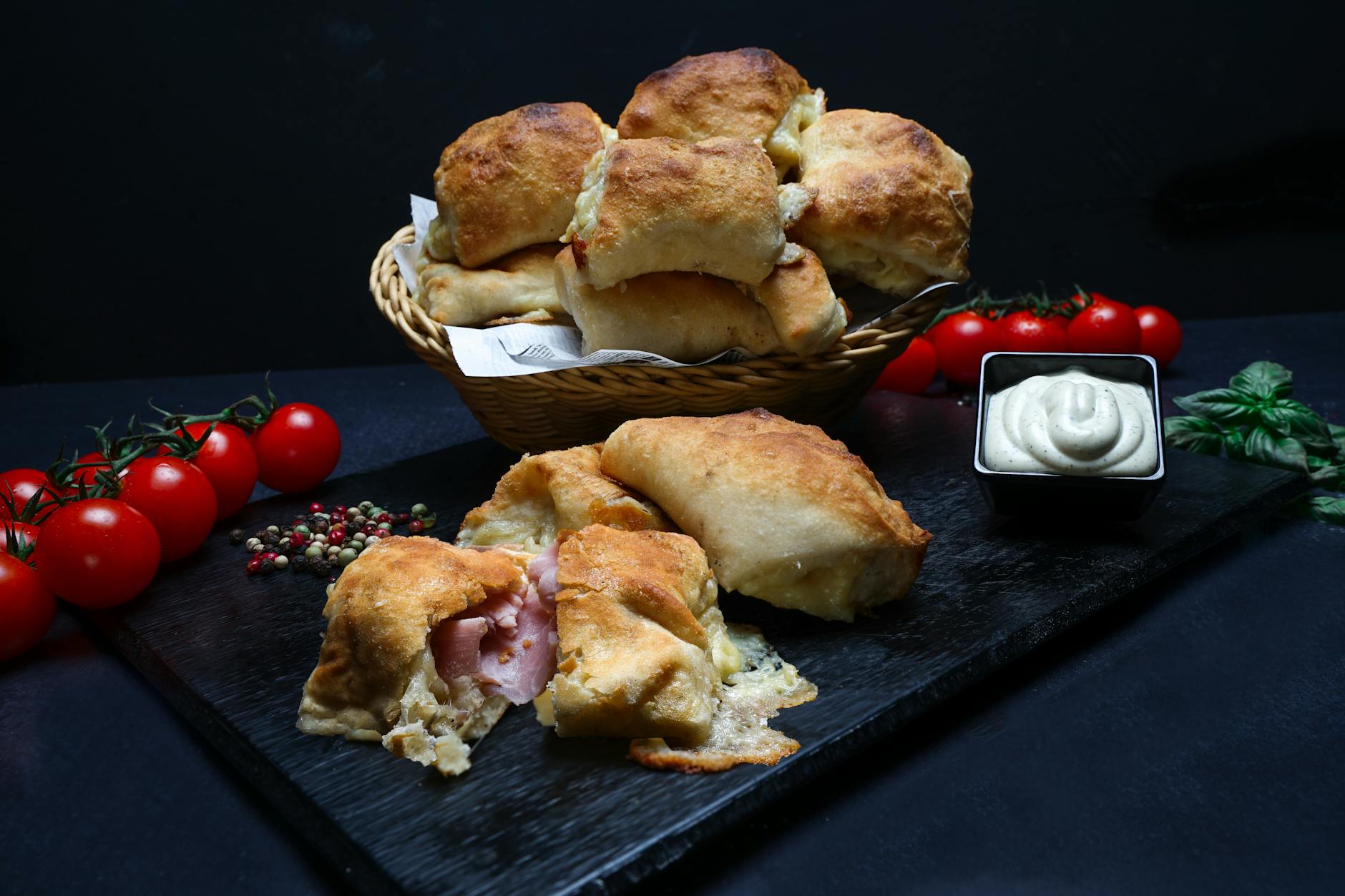
Kamaimai (Kamaimai)
Kamaimai is a sweet, non-alcoholic toddy made from the sap of the coconut palm. The sap is collected from cut flower stems of the coconut palm. It is a traditional drink consumed during celebrations and gatherings, reflecting resourcefulness in utilizing the coconut palm.

Te bu (Te bu)
Te bu is a ubiquitous drink made from mature coconut flesh. The flesh is grated, mixed with water, and strained to produce a milky liquid. It represents the importance of the coconut in Kiribati cuisine, providing a source of hydration and nutrients.
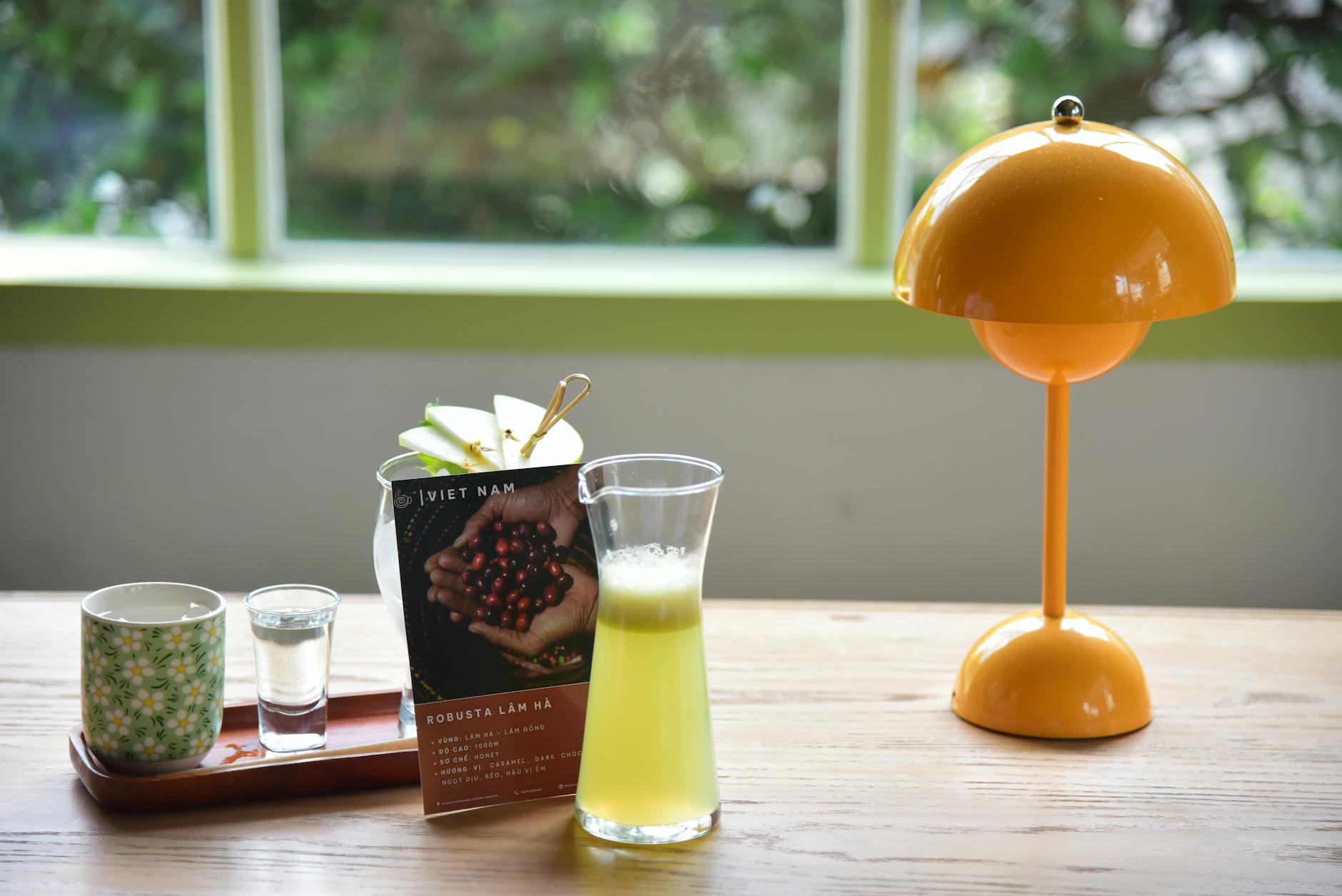
Pandanus Juice (Te mtea)
The fruit of the pandanus tree is used to make a vibrant juice. The ripe segments are boiled, mashed, and strained resulting in a slightly sweet and distinctly flavored juice. It's a traditional drink offered during gatherings and celebrations, showcasing the unique flavors of Kiribati.